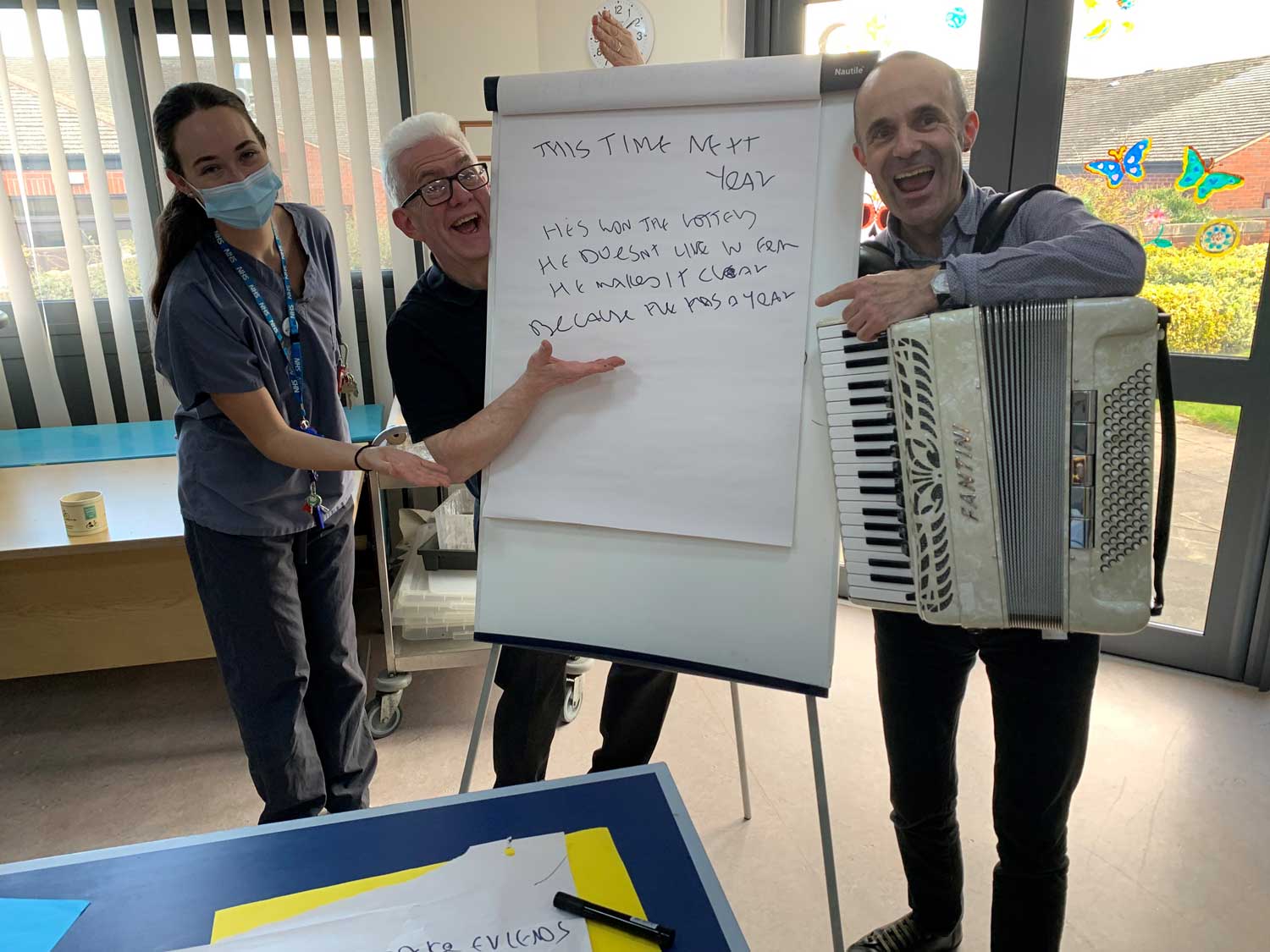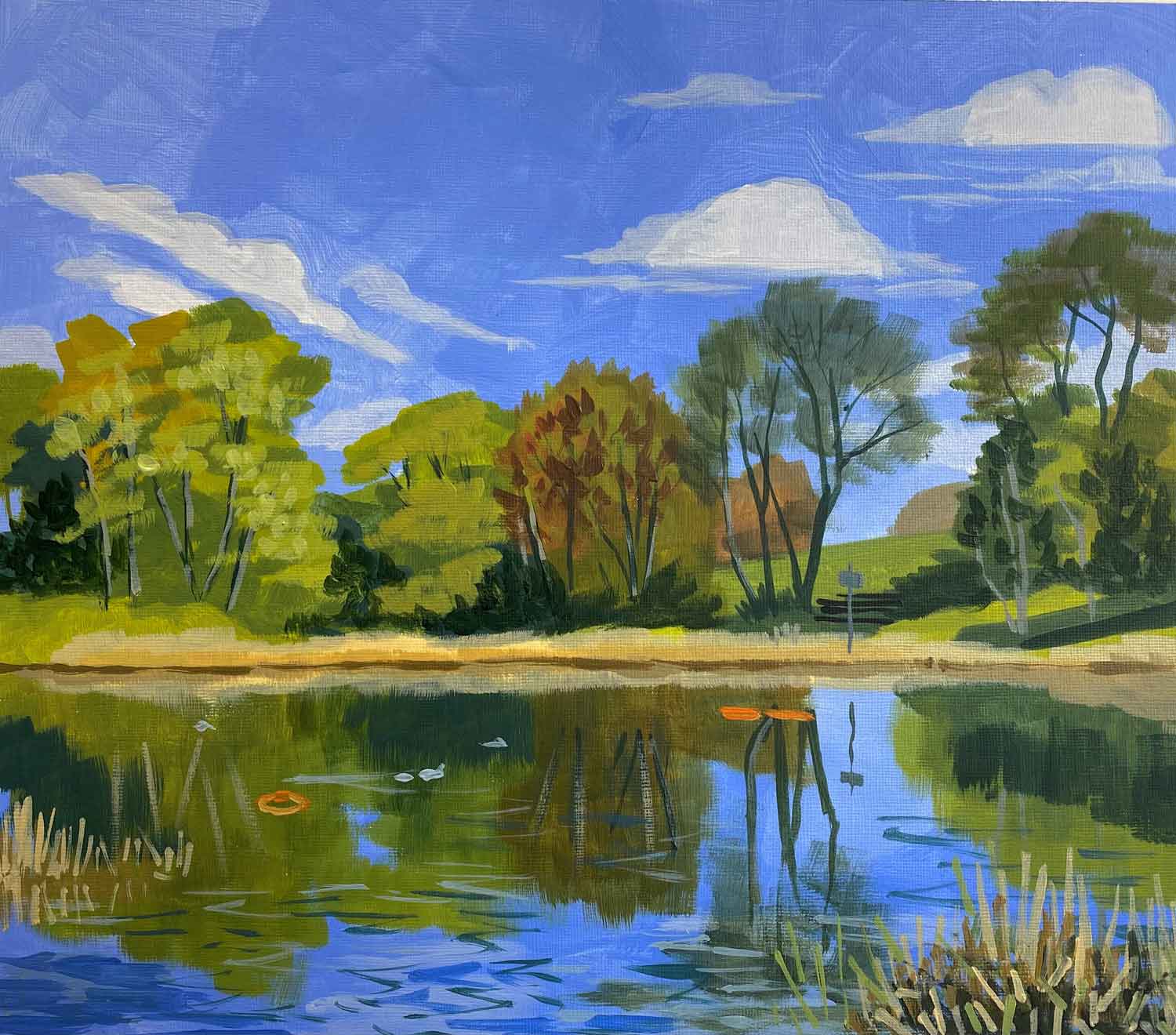Up The Swanee
4th September 2023
Sometimes the most fascinating stories are found in the most unexpected of places – if you look closely enough.
A new project led by Barnsley Museums has pooled together heritage with arts and culture to show that all is not lost with the old Swanee Pond in Kendray. Keen to showcase culture in less obvious places, this is the first time a heritage project has focused on Kendray.
Thanks to funding by the National Lottery Heritage Fund, the Up the Swanee! project has brought to life an abundance of hidden history and rich folklore.
Barnsley Museums’ Steven Skelly has been working with Barnsley bard and Trustee of Barnsley Museums and Heritage Trust Ian McMillan, composer Luke Carver Goss, and historian Jane Ainsworth to engage with the local community and collate their memories through music, art and poetry.
Backing on to Barnsley Cemetery near the site of the former Slazenger Factory, Swanee Pond has been a place of fly-tipping and antisocial behaviour. But it’s also a place of dreams, a place for quiet reflection and a rare green space within the urban residential area.
Throughout the spring and summer months, the team have held creative workshops at Kendray Hospital, Barnsley Academy, Forest Academy, and St. Andrews Community Centre to hear from young and old about what Swanee Pond means to them. Ian and Luke worked together to create folk songs based on the stories they heard, with an accordion, guitar and even a didgeridoo session!
Many years ago, kids were warned not to go down the Swanee as it was a dangerous place to play; people thought it was an old mine shaft from the former Pindar Oaks Colliery. However, Jane Ainsworth has uncovered its true origins. As the name suggests, Swanee Pond was indeed home to swans. It was a boating lake on the Pindar Oaks estate, a mansion house once inhabited by some of Barnsley’s wealthiest and most influential families. It was built as an ornamental garden feature from the natural Mearsborough Dike that flowed through the estate.
Jane’s historical research also uncovered fascinating facts ranging from a priest watching the Aurora Borealis reflected in the pond in 1882 to Mary Queen of Scot’s armour being kept as a relic in a mansion house. There were also stories of great sadness, including four drownings in the pond, three of which were in the 1940s.
Artist Richard Kitson and illustrator Liz Kay have created artwork based on the historical findings and the stories of local anglers during visits to the pond. Their work, along with Jane’s research, will hopefully be published in a new book next year thanks to funding from Barnsley Museums & Heritage Trust. There are also plans to record the folklore songs and stories live from the pond for a podcast later this year.










